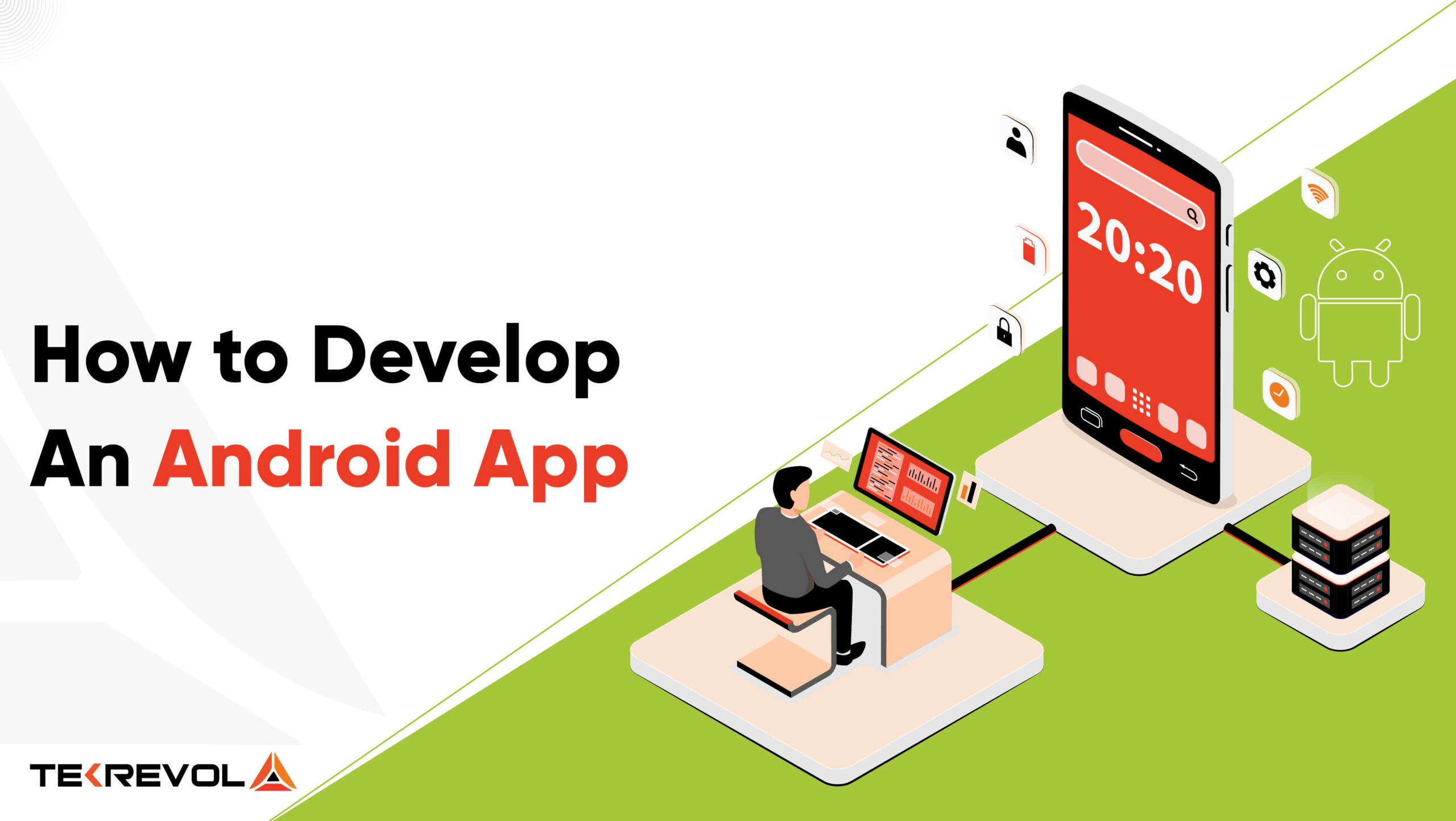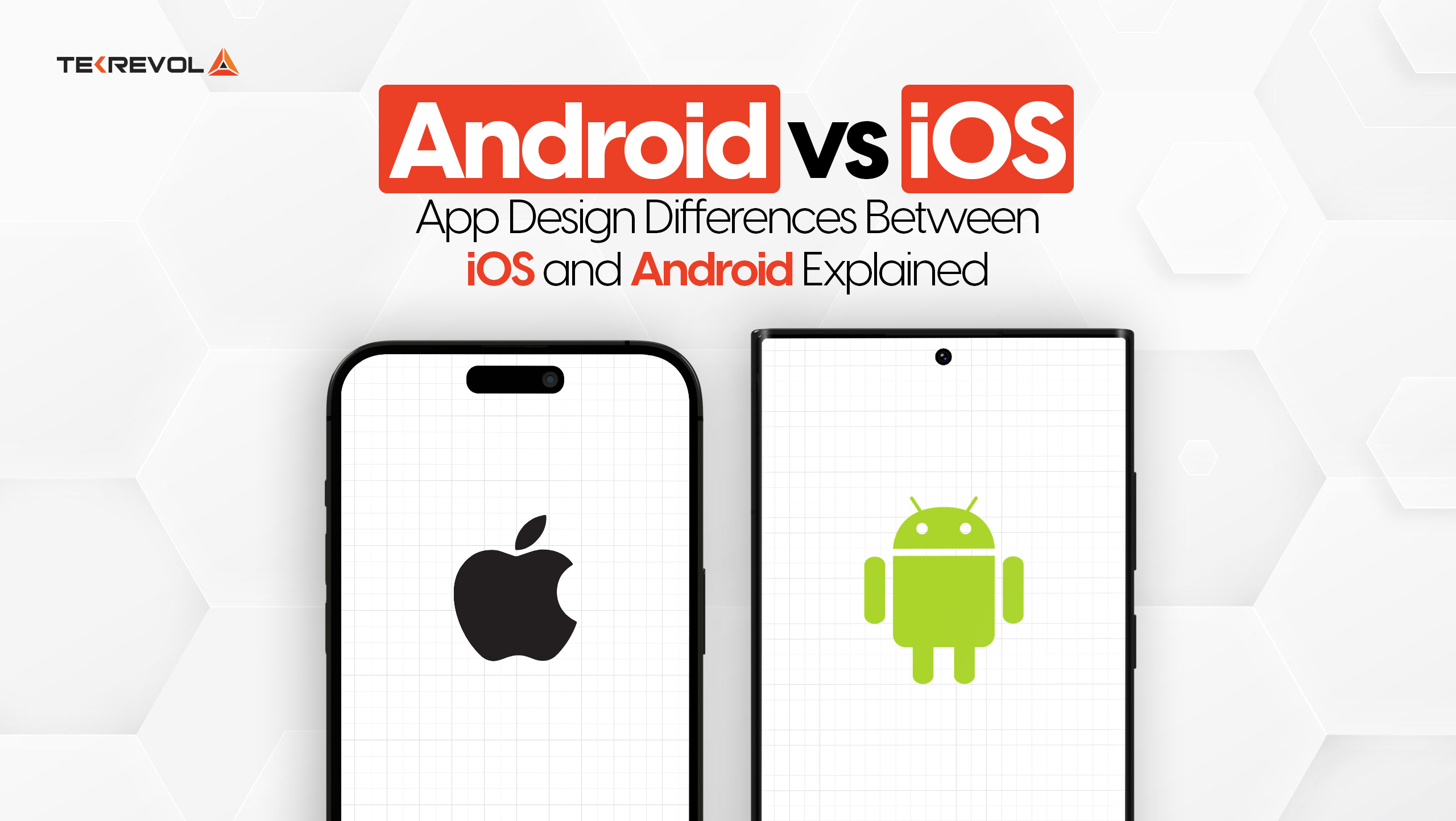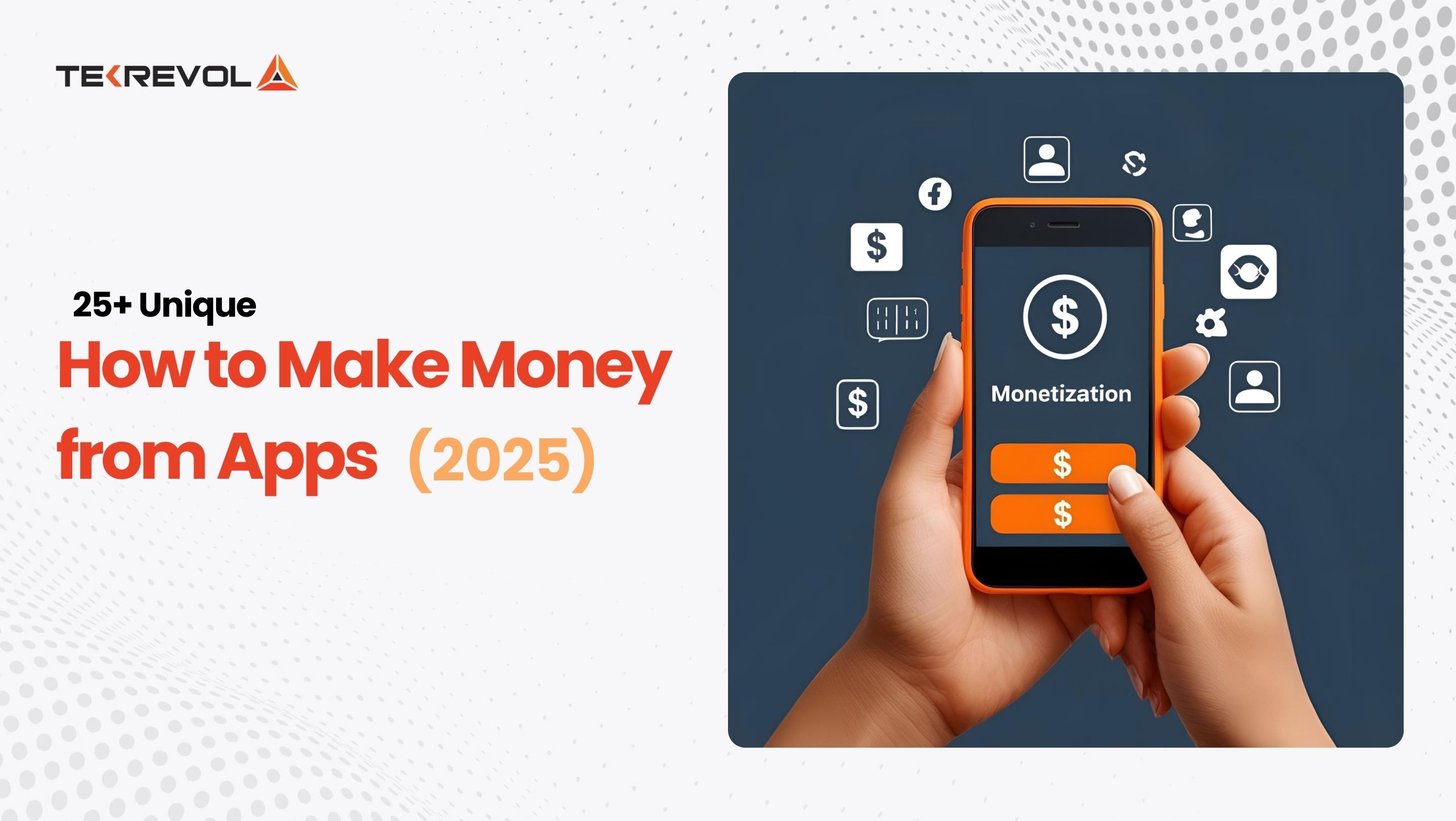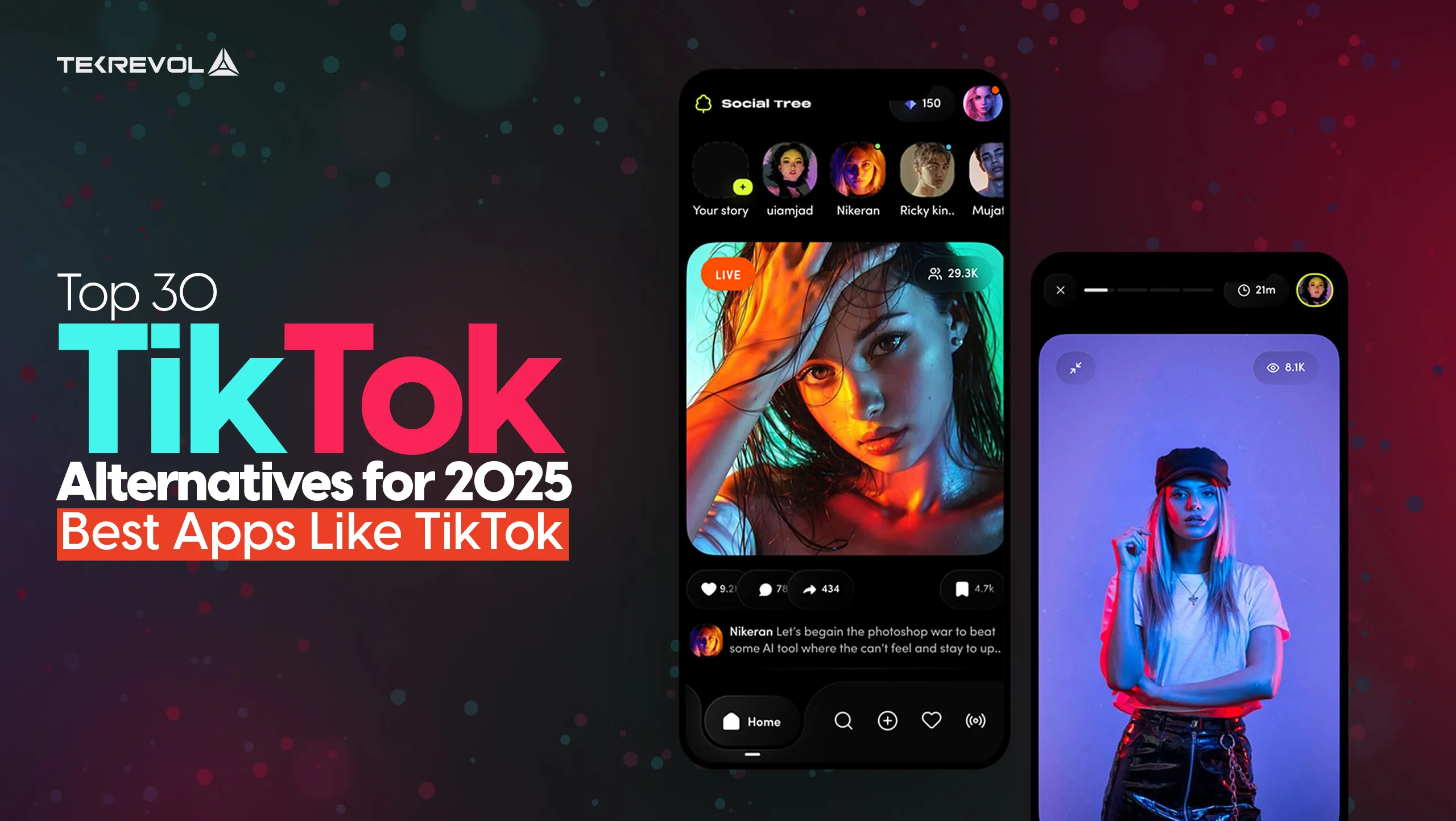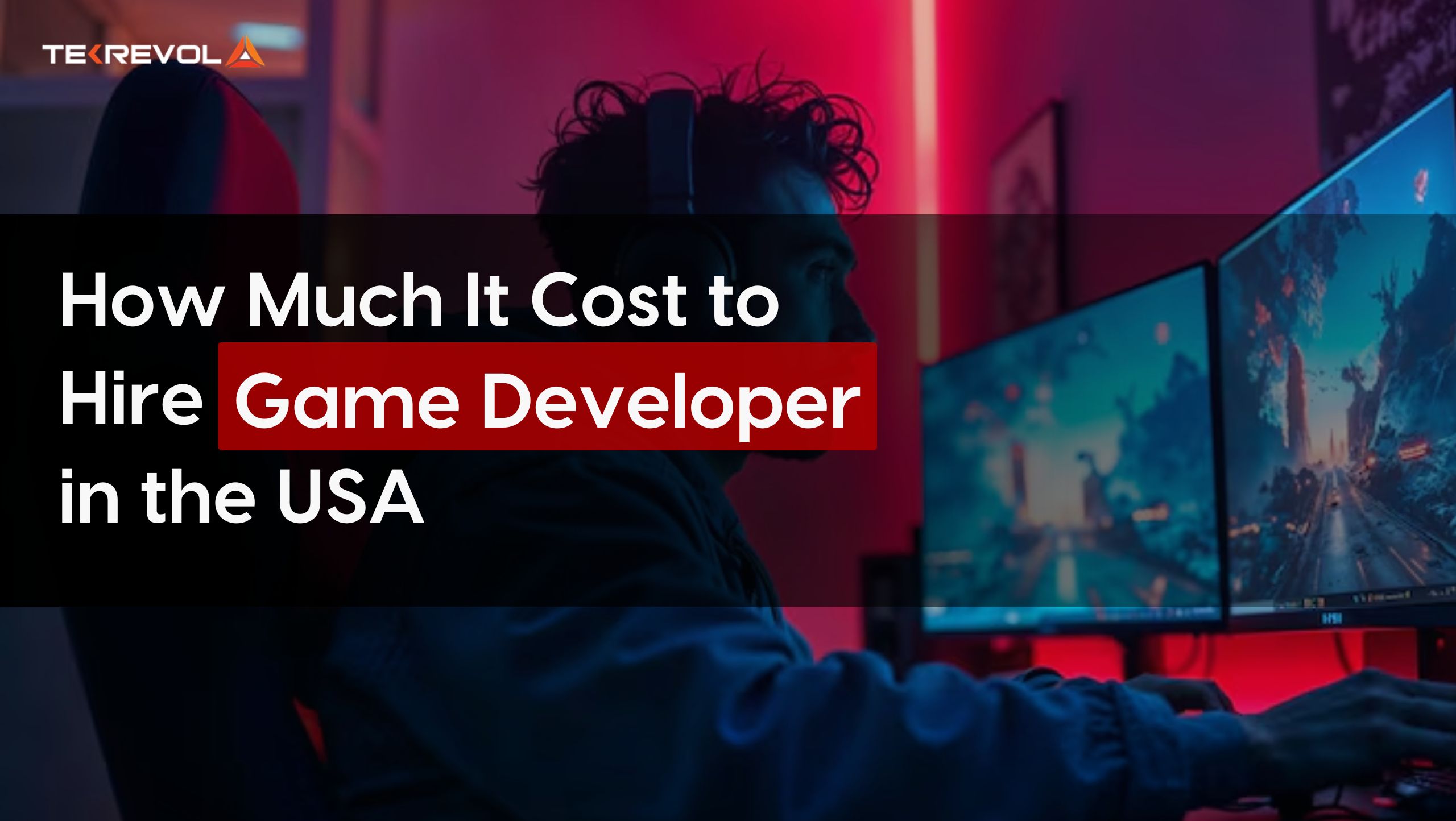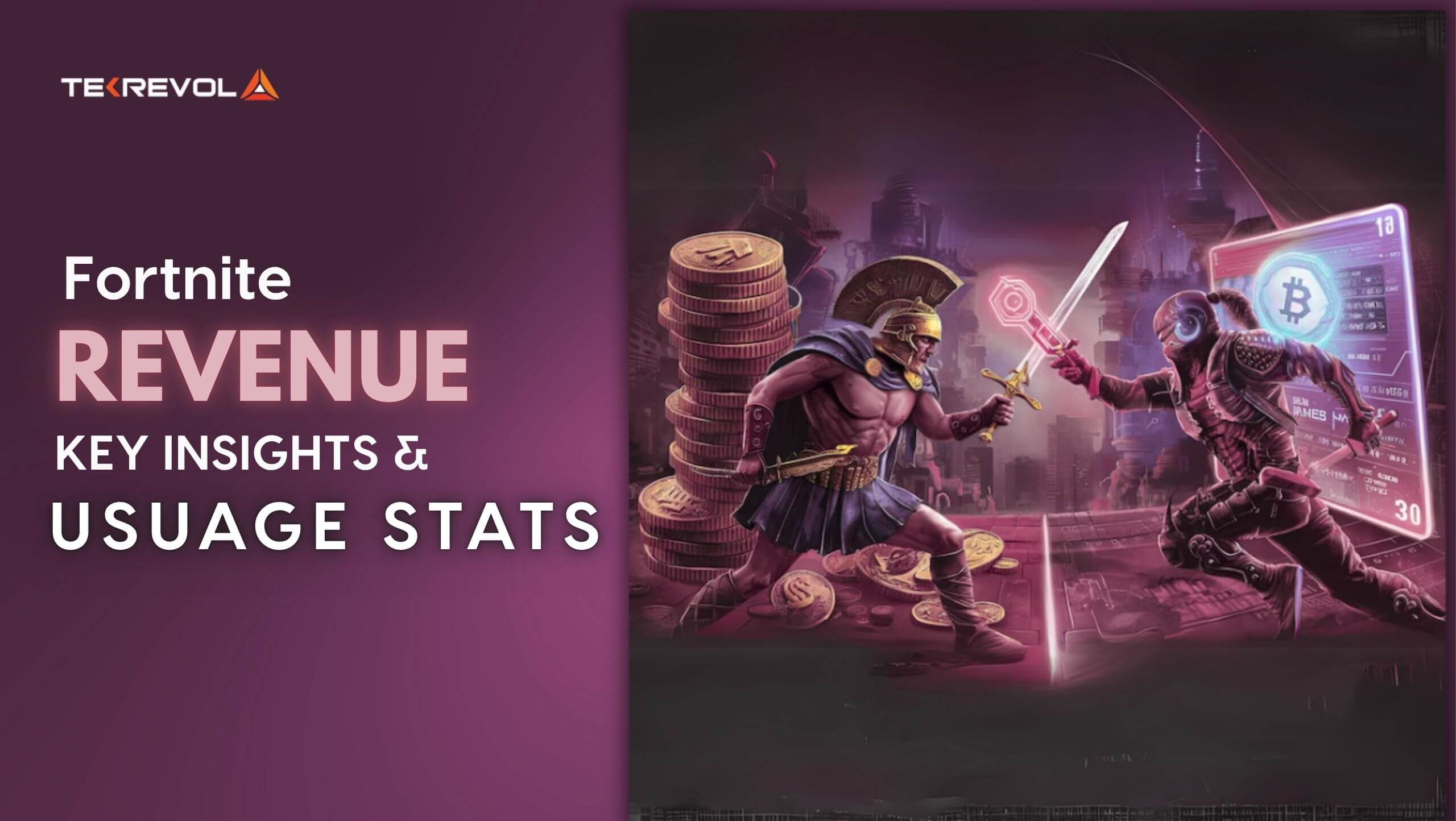There are around 2.69 million apps for Android smartphones. Almost everyone understands Android apps, and many are ready to launch their own.
But the first question that comes to your mind, or anyone’s mind, is how to develop Android apps.
Will it survive the competition on the Google Play store?
How to make Android App? How much does it cost to make an Android app?
How long does it take to build an Android app? What tools and technologies do I need to build this app?
If any of these questions have recently crossed your mind, this how-to guide with Android app development tricks and tips is for you. So, let’s start!
What is Android Development?
The Android app development process is the building of digital products that run on devices with Android OS. Android is open source, has official development tools like Android SDK, and uses primary programming Android app development languages like Java and Kotlin.
In the modern era, Android app development is not jargon or a buzzword anymore but a key business decision that’s integral to the growth of big and small organizations in product and service businesses.
But Why do Businesses Choose to Invest in Android Development?
In simplest terms, Android is the gateway to real digital transformation.
Businesses truly wanting to stay agile and go mobile in this era can’t do so without having a strong presence on Android platforms and delivering a robust experience to 69.7% of the smartphone users, whose devices are powered by Android OS.
Yes, reputable research platforms like Business of Apps and Statista suggest that approx. 69.7% of smartphone users have Android devices.
In fact, Android has made way to more than ten different types of gadgets, including big screens and smartwatches (what technical people usually call Wear OS). Currently, around 5 million devices use Android OS.
From business standpoint, if you are an entrepreneur, or a beginner technopreneur, you don’t want to miss this large chunk of users.
This also brings us to the fact that Android apps have a lower cost of acquisition because of how vast the user base is. TekRevol’s developers and business analysts have gone the extra mile while compiling this guide to answer our readers’ common questions, including:
- Which features to add to your app,
- How to hire Android developers for programming and testing,
- How to test an Android app and assure quality,
- How to submit the app to the Google Play App Store,
- And finally, how to make Android App and generate money with it.
If you plan to build an Android app from scratch, the following are a few factors you must consider.
Developing an Android App: Key Considerations
Here are the key considerations on how to develop an app for Android:
1. Budget factors: How much does it cost to develop an Android app?
It’s an intelligent and recommended business move to ask how much it costs to develop an Android app before anything else. It will guide you to your next step of building a prototype, MVP or fully-featured product. Note that while the average cost of Android app development software is $70,000, you can get the closest estimate after consulting an app development company and briefing their business analysts on the exact features you want in your final Android product.
As a quick breakdown, a simple android app costs $30,000 – 50,000. A multi-feature intermediate-level Android app costs between $60,000 to $100,000.
An advanced app costs between $120,000 to $200,000.
A business app built on native Android platforms costs more than $200,000, depending on the complexity and features of the app.
| Type of Android App | Cost Range | App Complexity | Timeline |
|---|---|---|---|
| Simple Android App | $30,000 – $50,000+ | Low | Short |
| Advanced App | $120,000 �� $200,000+ | High | Longer |
| Business App (Native Android) | Over $200,000+(Depending on Complexity) | Very High | Variable(Depending on Complexity) |
Read this article to gain a more detailed insight into Android app development costs.
- Android App Development: How Much Does It Cost to Make an Android App?
- Get Your App Estimation Today!
- Calculate Now
2. Development Period and Time Duration: How long does it take to develop an Android app?
An average Android app can take six months to develop. Basic apps can be built in 3 months, while multi-featured, intermediate apps take between 4 to 8 months.
Advanced apps can take anywhere between 10 to 15 months, or even more if it has functionalities of artificial intelligence, machine learning, Internet of Things, AR and VR.
3. Device Storage: What should be the size of my app APK?
App size takes up memory in the local storage of a smartphone device. It also affects the battery and data consumption.
To be device-friendly with different hardware and software for Android app development, you need to develop an app of an optimal size – not too large, to be specific.
But again, that depends on the features you are offering. A high-magnitude app with a comprehensive scope will definitely have a larger size than a basic app with single functionality.
While developing apps for Android, you need to consider that the target audience still uses older versions of Android. Google suggests you use the Android Support Library to determine which Android versions your app works well with.
How To Develop An Android App
1. Assess Your Requirements And App Development Goals
A vital idea backs all successful apps on the Google Play App store.
The app owner had a goal to monetize or revolutionize a specific industrial sector, feature, or product.
By successful, we mean highly user-centric and profitable altogether!
Before you start building an Android app or even Android app development company to do so for you, it is ideal to list down all the primary objectives you want to fulfill with your app.
Here are 5 factors you need to particularly emphasize when preparing your project requirements:
Competitor analysis
Choose the type of app you want to make and search for existing solutions that resemble your idea in one or the other way. One ideal way to do this is listing down three such apps from the Google Play store, but only with a 4.5 rating or above.
Then check their ratings and reviews, users’ appreciation and complaints, their target audience, their app screens and features, their publishing timeline and no. of downloads and most importantly, their monetization models.
Check whether these apps are free of charge for a download. See if the store listing indicates ‘shows ads’ or ‘in-app purchases.’ For an in-depth analysis, check whether these apps also have iOS versions or web versions and whether they work on wearable devices like smartwatches.
Target audience
The target audience will definitely influence the design of the user interface and development features because these are ultimate users, domestic side consumers or corporate professionals who will download and use your app.
When considering your target audience, you need to pay attention to their age group, demographics and location, and income levels. If you are developing apps for Android for a specific audience; for example, patients with a detailed medical history or travelers from a particular region, you’ll have to consider their backgrounds.
Platform
In this app venture, you are clear on one factor: you want to build an android app. But then there are apps that work on Android smartphones as well as smartwatches.
Monetization model
Only a small percentage of apps earn through premium app downloads.
Otherwise, regardless of the category, all apps are free and earned through sponsored ads or in-app purchases.
Read this article to understand how free apps make money.
The following graph tells you the primary source of money for most Android applications.
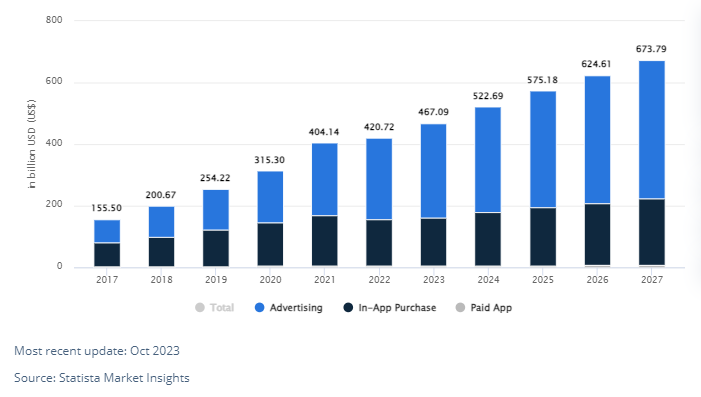
Considering how much money apps can make, here are the top 4 monetization models you can choose from:
- Free apps
- Freemium
- Subscription
- Paid apps
Read this article for a more detailed insight into these revenue models.
Ratings and reviews
You can call this a part of competitor analysis, but it really helps during the research phase, and that’s why I have mentioned it as a standalone factor
You must have a list of apps that give you primary development goals or hit your inspiration.
Go to their official Google Play listings and check their reviews and rating section.
Please pay special attention to 5-star reviews and see why users like this app. You must also add this part to your app and treat it as a must-have.
Then go to crucial ratings, like 1 and 2 stars and see what users are mainly complaining about. It could be a recent bug or a crash.
It could be a missing feature or anything. Now, this is also the part that you definitely need to consider when developing your app.
Make sure your app doesn’t have similar or same issues, and they are looked into before publishing on Google Play Store.
2. Decide Android App Features
Features can make or break an app. After all, it’s the features your target audience will download and interact with within the app.
While you can add as many or as few features as you like, TekRevol’s Android developers suggest you strike the right balance between usability and user experience.
Also, when you start to build your Android app and decide on app features, there is one more consideration.
Suppose you are initially launching an MVP (Minimum Viable Product, more on this later) for your app.
In that case, you need only to offer basic features that complete the app’s core functionality.
Here are the ten most common app features you’ll usually find in domestic and business apps.
- Email sign-up, guest sign up and social sign up
- Push notifications and custom notification settings
- App analytics, screentime
- Dark mode
- Offline mode
- Voice and image search
- Multi-device synchronization
- Multi-language support
- Multiple online payment options
- Data security and privacy
Your app and your target audience may or may not need some of these, depending on the category of the app. For example, a basic calculator app doesn’t need screentime ratios, but a social networking app like Instagram does.
3. Create A Technology Stack
An Android technology stack will definitely have the following languages, frameworks and environments.
- Java and Kotlin are the primary Android app development languages to build an Android app. While Java is old-school yet stable and super updated, Kotlin is interoperable and adapts to the old code written in Java. So, global Android developers are finding a delicate balance between using both languages. Also, modern Android programmers are quickly switching to Kotlin for its modern architecture and growing community.
- Android Studio is an integrated development environment officially launched by Google to develop Android apps in less time and effort. It has different parts, including the Android software development kit and Material Design.
It has different parts, including the Android software development kit and Material Design.

- Material Design: this part of the Android Studio defines how to create an Android app’s visuals. It has a library of components like icons, CTA buttons, sidebars, etc.
- Android SDK: this is a library of ready-made code snippets, open-source APIs, and testing and debugging tools that facilitate the development process. Each new version of Android comes with its own supporting SDK.
Developers must use a respective SDK when developing an app for that version.
- GitHub: It is the biggest community of developers. Programming professionals globally use this platform to get ready-made codes for popular apps.
- Adobe XD is a one-stop solution for Android app design and UX, prototyping digital products, and wireframing.
- MongoDB: Android developers at Tekrevol use MongoDB for database foundation and management. It has the latest features and caters to modern data challenges and emerging requirements.
Your developer may create a custom technology stack depending on your technical requirements and the scope of your project, especially if your app has capabilities of Artificial Intelligence, Machine Learning, Internet of Things etc.
- Have questions about Android App Development to Gain a Competitive Edge over Competition?
- Contact us now for personalized insights and information. Our team of expert Business Analysts and Business Development Professionals is ready to assist you on your Android App Development journey.
4. Hire A Development Team
Human resource is the most prominent factor that affects the cost of app development. Depending on the technical requirements of your project, an android app development company needs at least these five professionals:
- Business analyst/project manager
- UI and UX designer
- Frontend developer
- Backend developer
- QA and testing professional
Hiring Options
- Do it yourself
If you are planning to build your own app, you logically have a strong grip on programming languages, either Java or Kotlin. Also, you have to have hands-on working experience with Android Studio, Firebase or AWS, Android Jetpack, and databases.
From a technical standpoint, you will have to build the frontend and backend, integrate APIs and also test the app before submitting it on Google Play.
For the design part, you can utilize UI and UX wireframes and mockups from Material Design as well as other resource libraries that allow commercial use of their design assets.
- In-house team
Hiring an in-house team is a viable option because it will give you full flexibility and control over the development process.
However, budget is a significant factor in this option because you’ll have to bear recruitment and office management costs, hardware and software for Android app development, full-time wages, and benefits.
More importantly, you’ll have to produce documents and licenses and look into tax matters depending on your region of residence – state and country you are initiating this project.
- Outsourcing
Outsourcing is an ideal option for appreneurs with a non-technical yet business background. You brief your project requirements, complete the discovery stage, divide your app’s progress plans into milestones with expected timelines and start with the app UI and UX design.
In this case, a team handles your project, and you choose to pay either a one-time fixed cost of development or divide the same into three to 5 equal installments. Clients usually pay these installments before the beginning of a new milestone.
- Staff Augmentation
This hiring model works more like a subscription. In staff augmentation, You consult an app development company, then tell them your project requirements. They shortlist eight to ten profiles based on your technical needs, and you get to interview all of them.
You can assess their technical expertise and expertise, study their portfolio and conduct a behavioral assessment. Then hire and establish a remote team with dedicated professionals for different tasks.
Read this article for a detailed insight into hiring Android developers.
5. Complete Design And Technical Specifications
User Interface and User Experience are two main aspects of any app, and both of them have roots in conventional app design.
The first step to design an Android app is creating app screens. Designers use different wireframing tools to develop initial, rough sketches for an insider look at an app.
All screens, navigation panels, sidebars, menus and features are separately designed on tools like Adobe XD.
Once these designs are approved by clients, the designers push them in the sprint to developers, who then divide the development process into backend and frontend tasks and integration of APIs.
In agile methods, developers keep testing the app build regularly, with every new feature and with every new integration to make it error-free and digitally perfect.
6. Test The App And Deploy
Once the frontend and backend are technically complete in terms of coding, features and functions, a dedicated testing and QA team handles the assessment process.
The test scope starts with smaller procedures and parts of apps, then expand to bigger parts and features.

The team performs different types of tests on an Android app using different instruments. Here are three common types of tests:
Functional testing
This is the most important aspect of the testing process that assesses the overall user experience. This stage checks an app for:
- Blending of design and technical development
- Loading time and speed
- Feature functionality and responses
- Navigation and performance
- App crashing, bugs and viruses
- Sign up and sign in
- Working of digital payment methods
- Data security and retention
Unit testing
These are small to big bulk testing procedures that test how an app responds with too little or too heavy loads. This test verifies the functionality of small parts of the whole app code.
Instrument testing
As the name indicates, instrument testing assesses an app’s functionality on different devices and gadgets, mainly emulators and old and new Android smartphones with different operating system versions.
The QA team battle-tests an app to ensure it has no glitches that disturb the overall user experience. The app build then goes to the client, who performs light to heavy testing, creates profiles, assesses money transfers, etc. We also recommend that clients conduct different community tests before launching an app.
Actual users from the target group are incentivized to test the app and submit feedback.
Once an app passes all the testing measures, it’s time to release the app on the Google Play store, and it has guidelines that accelerate the publishing process.
How to Submit App to Google Play Store
Here are five tips to follow as you build an Android app especially before submitting your app for approval:
- Your app doesn’t have malware, viruses, spam links or unwanted content.
- It shouldn’t infringe on the intellectual property rights of others. The design assets and code should be 100% original or in the public domain for commercial use.
- The publisher and developer information should be accurate and true. It should not misrepresent, mislead or impersonate someone else.
- The app should not leak users’ personal, professional, financial or other sensitive data.
- The app should have age-appropriate content, especially when the app mentions it’s for children.
Google Play Store uses automatic testing procedures to accelerate the publishing process.
Your app can take anywhere between 3 days to 3 weeks for approval.
In some unusual cases where the app differs, Google can even take three months to review and approve an app.
Over To You…
While this guide on developing an Android app concludes here, your business begins here. For a top-notch product, consider app features, Android versions, and the app’s size.
When finding a developer, pay close attention to experience and portfolio and strike the right balance between the cost of app development and the quality of technical development.
They say the success of any technical venture depends on two factors: a unique idea and its right execution. For the execution part, partner with an app development company that understands your vision and is ready to align with it.
More important, monitor the app development milestones and stay ahead of your deadlines to bring your idea to a successful digital reality!
- Ready to Launch Your Android App?
- Join Forces with TekRevol's Top-notch Android Mobile App Development Services!

 4165 Views
4165 Views June 29, 2022
June 29, 2022